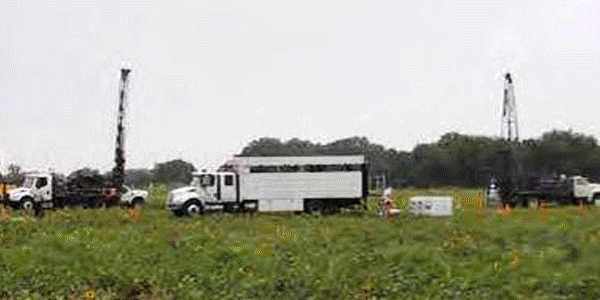 Mission
Mission - The Environmental Restoration Technical Support Branch provides technical expertise in surveillance for the Air Force Environmental Directorate performance-based remediation contracts. The branch focuses scientific and engineering expertise on contaminated sites with high complexity, cost and risk, while providing technical guidance across the Air Force for remediation strategies, program planning, and contract solicitation and execution.
Overview - The Restoration Technical Support Branch technical surveillance activities address a broad range of technical and scientific matters affecting environmental restoration. Activities are designed to assure restoration decisions and strategies are consistent across the enterprise and based on sound scientific and engineering principles. The branch evaluates response actions throughout the remedy lifecycle including ability to reduce or eliminate long-term Air Force environmental liabilities. A summary of surveillance activities and additional descriptions of these activities are highlighted below.